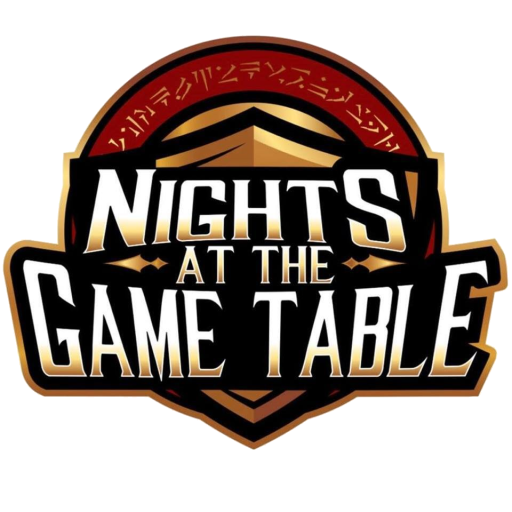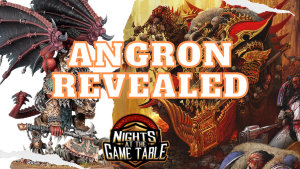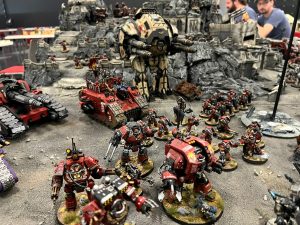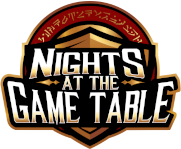Hey everyone, awhile ago I wrote an article on my 7 step process for winning GTS, where I covered the exact process I use to personally win GT’s. What I didn’t do in that article is break down what it means to design your army for the mission. When I decide to go to a tournament I spend a fair bit of time looking at the mission they use, whether they’re ITC, ETC, NOVA or something else entirely, and try to design an army that’s specifically optimized for those missions. Today I’m going to show you exactly what I mean by dissecting The ITC Missions and showing you what kinds of list work well in their format.
Since I know you guys are lazy gamers and clicking links is just far too much effort, I’ll summarize the crux of the ITC missions and how they work. Missions are comprised of two parts: a primary mission and 3 secondary missions. You can score up to 5 points per battle round for the primary mission for a total of 30 potential points, and 4 points per secondary mission for a total of 12 potential points: thus a max score would be 42 points. At the end of the game the person with the most total points wins.

To score primary points, at the end of each of your player turns you check to see if you’ve accomplished certain goals and score points for doing so. If you kill a unit you score a point, if you hold an objective you score a point, and if you achieve a mission specific secondary (generally based on holding multiple objectives) you score a bonus point. Furthermore, at the end of the battle round you check to see if you’ve killed more units than your opponent and if you hold more objectives than your opponent, and score an additional point for each accordingly.
For secondary’s you pick three out of a long list. Each secondary has a unique criteria for how its achieved, for example The Reaper awards 1 point for every 20 models killed, while Head Hunter awards 1 point for every character killed. There’s a lot diversity in options when choosing secondaries, so picking them largely depends on what your army is good at, and what your opponents army gives up. For instance, choosing reaper against a Knight army might be a bit silly, but choosing reaper against a horde ork army is almost a free 4 points!
Now that I’ve written 297 words explaining what the ITC missions are about let’s get into some of the army design philosophy’s that I find work the best in their format.

Denial Lists– These are lists designed to not give up points in ITC. Typically, they come in the form of more elite armies that play the mission more than they fight the opponent. Armies that excel at this style are Custodes, Death Guard, and Necrons. Characteristic traits of these armies are their durability, their ability to reliably kill a 1-2 things a turn (generally at range), and the fact they typically don’t give up many secondaries in the format. These style lists strive to make sure they are always killing more than their opponent, potentially not even giving up any kills on some turns. Their entire strategy is based on accruing a guaranteed 3 points per battle round for holding an objective, killing a unit, and killing more than the opponent. By nature these armies also tend to not give up many secondaries either. They try to maximize their ability to score secondaries off the opponent, minimizing the amount of secondaries they forfeit, and try to maintain a reliable stream of 3 primary points per turn to win a slow and steady game score wise.

Horde Lists– Horde lists approach the ITC format in a similar way to Denial list in that they pick an aspect of the mission and try to dominate it. They strive to achieve the same idea of 3 consistent primary points per round between killing something, holding something and holding more than the opponent. These lists often give up more secondaries than a true denial type of list due to the fact that they pretty much automatically give up reaper, and often can give up head hunter as well due to the necessity of running multiple battalions and support characters, but to make up for it they can often achieve the kill more point as well. Running horde type units which are large in number means killing entire units off in a turn can prove troublesome, which these types of lists try to take advantage of as much as possible. Armies that excel at this style build are Chaos (both CSM and Daemons), Tyranids, and Orks.
Who Reads the Mission? Lists– As the name implies these types of lists are ones that focus on tabling the opponent first and asking questions (like what secondaries should they pick) later. These armies don’t go out of their way to take *only* incredibly durable units, nor do they concern themselves with nonsense like “board control”. They can worry about holding more objectives and killing more enemy units on turn 4, after they’ve wiped out 75% of the enemy army. These armies are typically designed to just be as efficient and effective as possible when it comes to straight up killing the enemy. You’ll often here players of moderate tournament experience preach to always keep an eye on the mission, but this is the situation that advice could hurt more than help. Of course, don’t literally ignore the mission or treat it as a trivial fomality, but understand that conceding some early mission points to ensure you don’t over-extend your army is probably a wise decision with this style of list. It’s ok to lose the battle if you win the war. Armies like this typically see a losing score on the score board turns 1 and 2, an play catch up on turn 3, until turns 4, 5 and 6 where they just completely dominate their opponent. Armies that excel at this style of build are Ynari, Tau, and Knights.

These aren’t the only potential ways to win an ITC event, but I find that these three types of armies are far and away the most effective at playing (or ignoring) the missions. I definitely recommend not trying to combine two of these types of lists into one, as it will likely end up diluting both styles and making both ineffective. Furthermore, every event and mission system is different, and the styles of lists that excel at one may not work in another.
If you’d like help building an army for an upcoming event you’re attending, or just want help on figuring out how to bring your list to the next level so you can beat up your buddies in your basement check out Nights at the Game Table PRO!
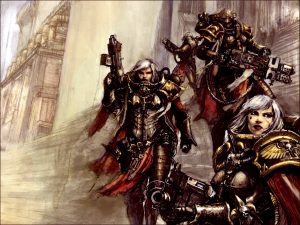
Warhammer 40k Winning Lists June 11th Edition
With summer in full swing, we see a refreshing number of tournaments kick back up globally, ranging from 3 to 7 rounds
